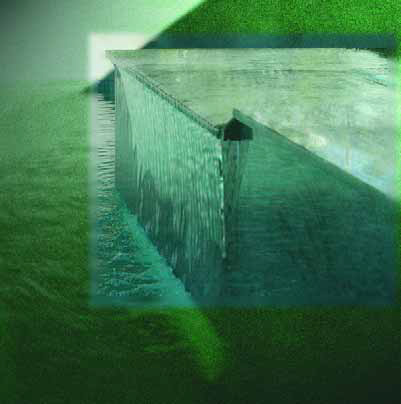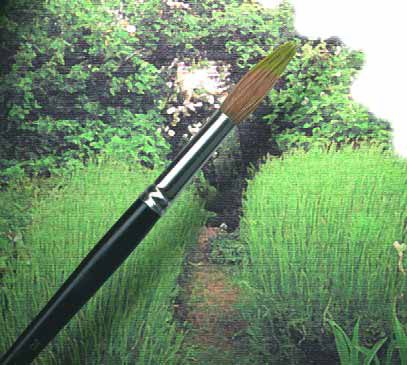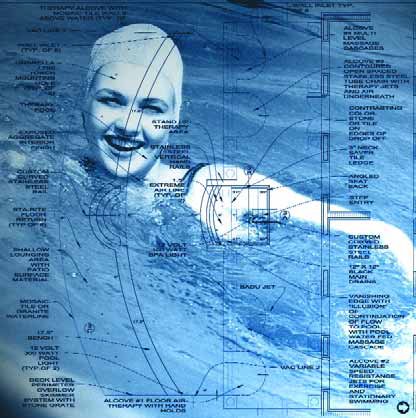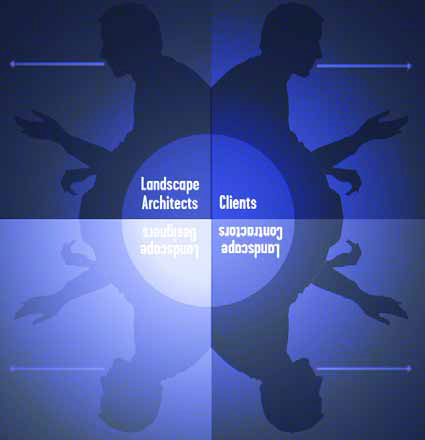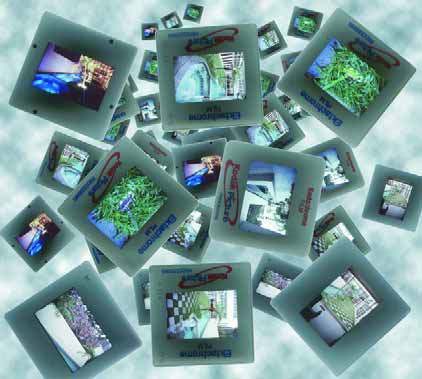client relationships
Understanding the client is frequently the most important factor in creating a successful design. In the case of the project highlighted here, for example, it was a given that the clients were highly educated and knowledgeable with respect to design, style and materials: He's a top-flight graphic designer with an amazing grasp of color, line, architectural details, presentation materials and techniques; she's a degreed interior designer with a wonderful artistic flair. They're also two of my best friends: He and I taught together at UCLA and have known each other for more years than I care to admit. They've known about the focus of my business for years and said they hadn't wanted to call me because the project
I've never been big on trade shows and conferences. For years I have resisted them in the belief that they were mostly for those who had time to attend them and craved the camaraderie and social opportunities they offered. I've always looked at the programs and have seen that there's usually been something to learn during these events, but I brushed off the possibility of attending because I always thought I could get most of what I needed by working and paying attention to books and magazines. Also, there was always the issue that, as the sole provider in a one-person operation, spending so many days away from my clients and prospects would prove
Wonderful projects often proceed at their own paces. More often than not, high-end clients on either the commercial or residential side will require us to spend a great deal of time and effort in developing, adjusting and revisiting designs so they wind up with exactly the watershapes and spaces that best suit their needs and desires. Sometimes that process is tremendously involved, as has been the case with a project I discussed in a previous "Aqua Culture" installment (May 2004, page 10). The clients are creating what they're calling a "world-class pampering spa" as a major expansion of an existing facility in Jacksonville, Fla. Our work on the project includes a broad range of
I recently wrote a Letter to the Editor of Landscape Architecture, the magazine of the American Society of Landscape Architects, in response to an editorial he wrote on the lack of interest among landscape architects in plant knowledge. The gist of his commentary was that, for too many years now, landscape architects had been focusing on hardscape and overall design and were reserving little creativity, interest, or care for botanical adornments. My response was a supportive rant, as this has been a pet peeve of mine for years and I strongly believe that
Over and over at seminars and trade shows, watershapers ask me three distinct but interrelated questions: "How do you get into the high-end market?" and "How do you deal with wealthy customers?" and "How do you handle those kinds of jobs?" The short answer to all of them is that I've set myself up for it and am prepared to tackle these projects and clients as they come. To me, it's as natural as breathing. The deeper answer is much more complicated, obviously, and has to do with my understanding that working with upper echelon clients means accommodating an entire range of issues that
The Delicate Art of Dancing with Porcupines by Bob Phillips (Regal Books, 1989) may have one of the most unusual titles I've ever seen, but fortunately the quirky name didn't stop from picking it up several years ago. At this point, I've read it multiple times and have taken to presenting it quite often as a gift to friends and associates. I like it so well myself because the text applies in practical and profound ways to my work as a watershape designer. I share it with others because it has had something to say about every aspect of my life and can do the same for them, too. A widely published marriage and family counselor, Phillips is best known for this small book (just 160 pages) in which he examines in wonderfully clear and concise detail what he calls "social style." The idea is that people generally fall into categories having to do with
Last month, I began a discussion of things that those of us in the watershaping trades can do to improve our collective profile with the public - not to mention enhance our collective self-image. Education, of course, is a huge factor. And so is the level of professional courtesy with which we treat both clients and prospects. But those two points, discussed in detail last time, have less to do with the way we approach the practicalities of our businesses than is the case with another point that bears discussion: that is, project management and how we
During a presentation to a recent conference for the swimming pool and spa industry, I tossed this nugget to the audience: "By a show of hands, how many of you in this room believe that most people think highly of our industry? Please be honest." It was a mixed group of more than 160 people representing manufacturers, distributors, manufacturer's representatives, retailers, service/maintenance firms and, in the majority, pool and spa builders. Even with all of these different segments of the industry in the room, not a single hand went up. As one who often










